<iframe frameborder="0" width="640" height="360" src="http://www.dailymotion.com/embed/video/x45x0kk" allowfullscreen></iframe><br /><a href="http://www.dailymotion.com/video/x45x0kk_new-camp-nou-a-dream-open-to-the-world-this-is-what-barca-s-new-stadium-will-look-like_sport" ></a></i>
At a press conference on Thursday,
FC Barcelona presented the design of the
new Camp Nou, a project led by
Nikken Sekkei (Japan) with Joan Pascual i Ramon Ausió Arquitectes (Barcelona), who won
the international competition in early March.
Alongside the team's players, the board of directors chaired by Josep Maria Bartomeu presented the model of the project, which will begin construction in mid-2017 to expand the stadium's capacity to 105,000 spectators. In addition, the organization published a series of videos about the project, including an explanation of how the expansion will take place without affecting a single football match.
"We will build a great open space around the stadium, like a giant piece of origami arranged not to disturb the flow of people into the stadium," explained Takeyuki Katsuya, the lead architect at
Nikken Sekkei. "The solution for the stadium was to continue the path started by Mitjans," the original designer of the
Continue reading "FC Barcelona Explains the Design and Construction of the New Camp Nou in these Videos"

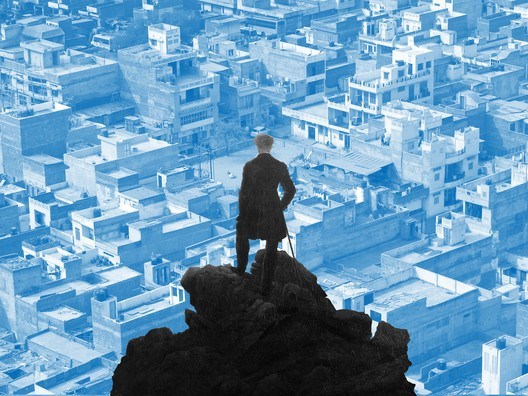
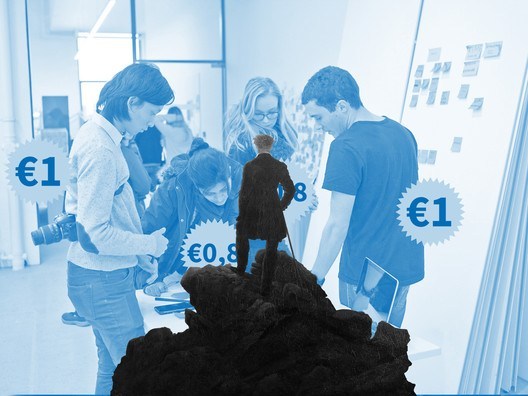
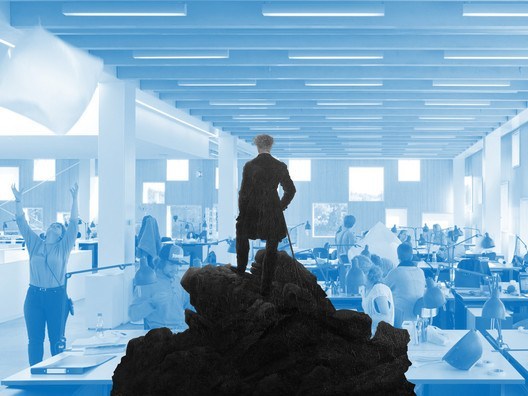
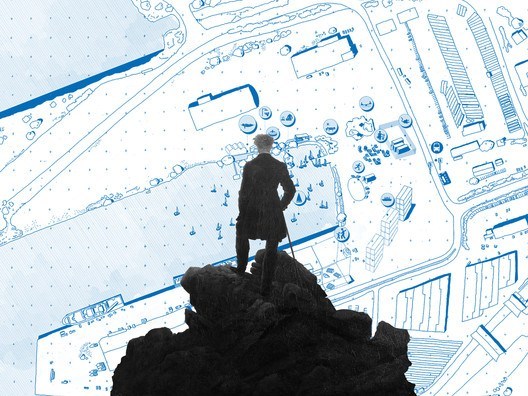
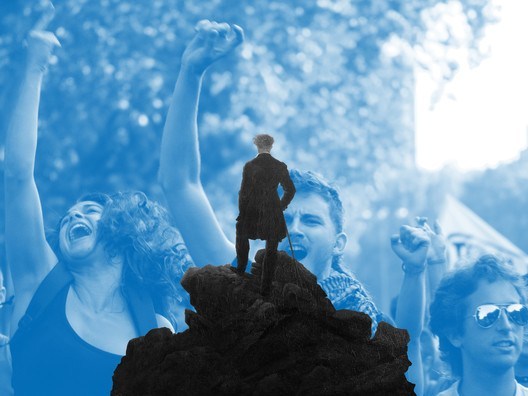
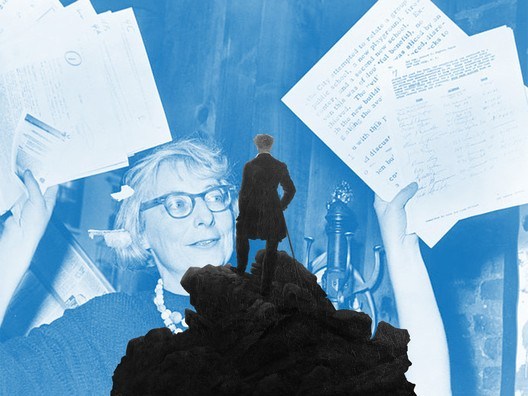
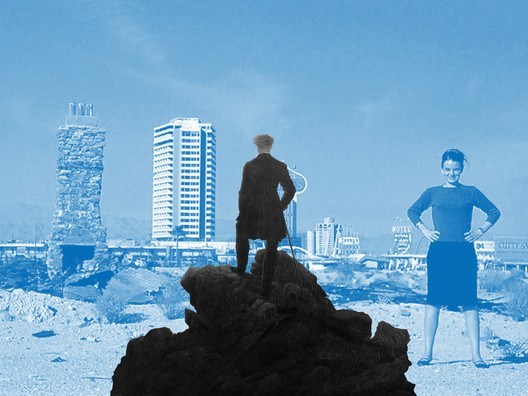
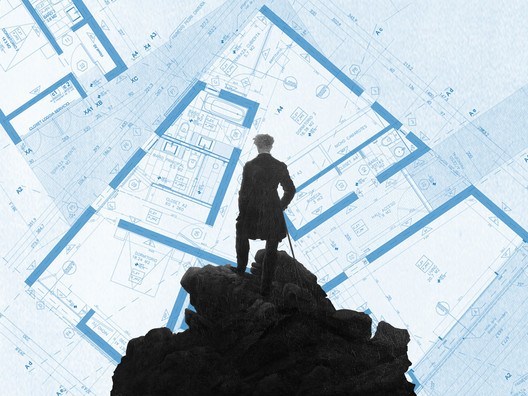
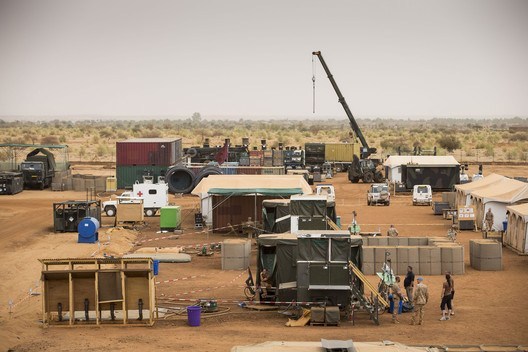
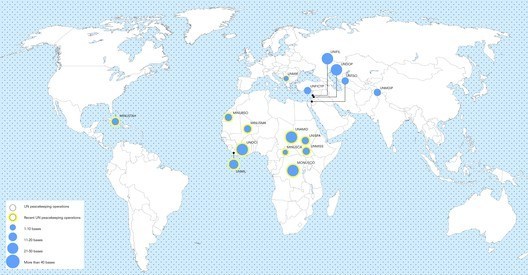

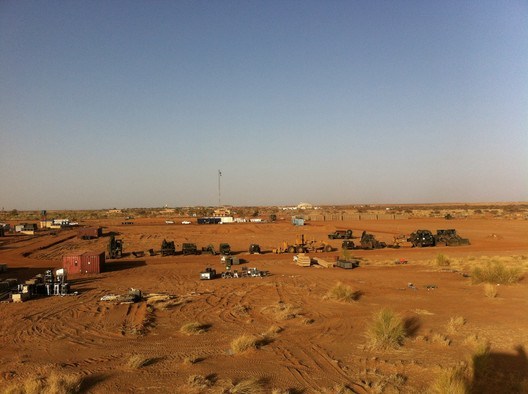
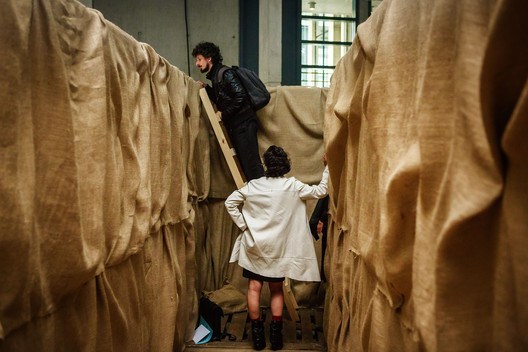
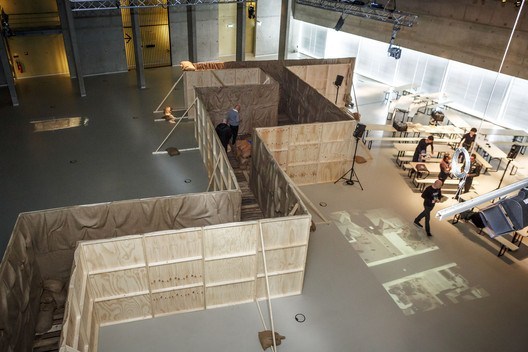
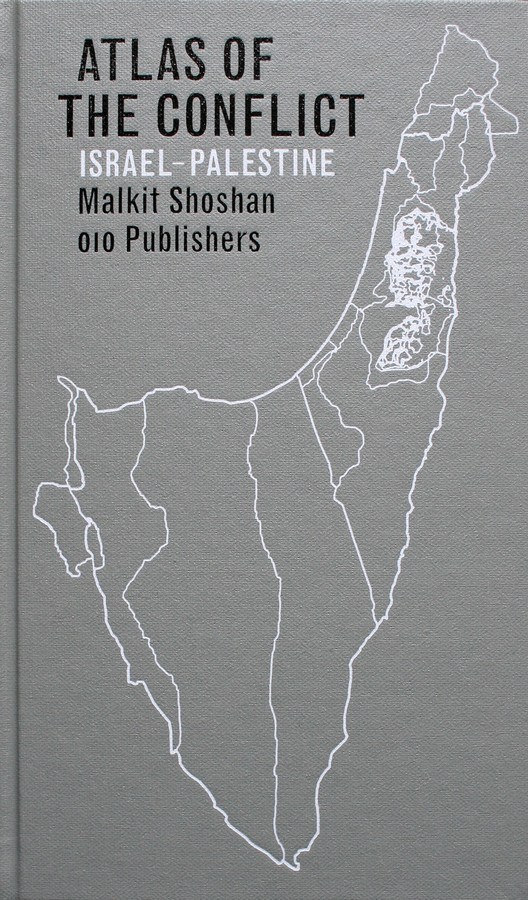
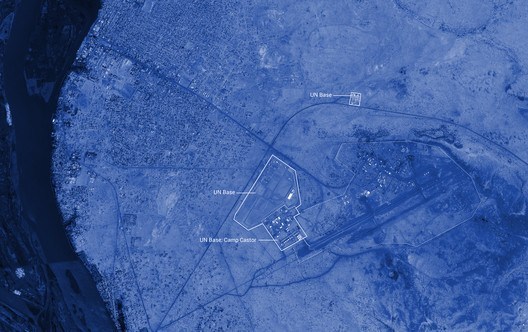
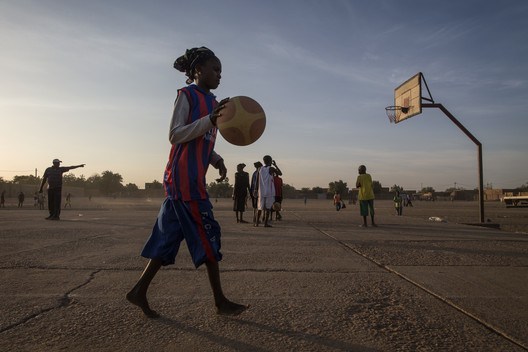
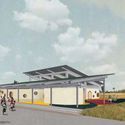
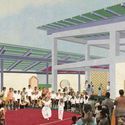
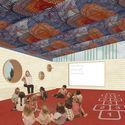
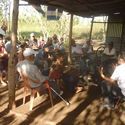
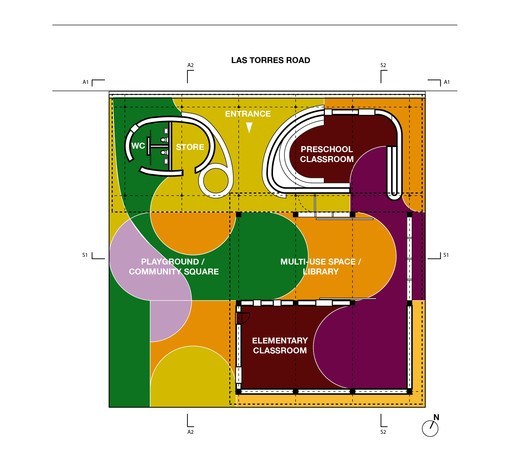

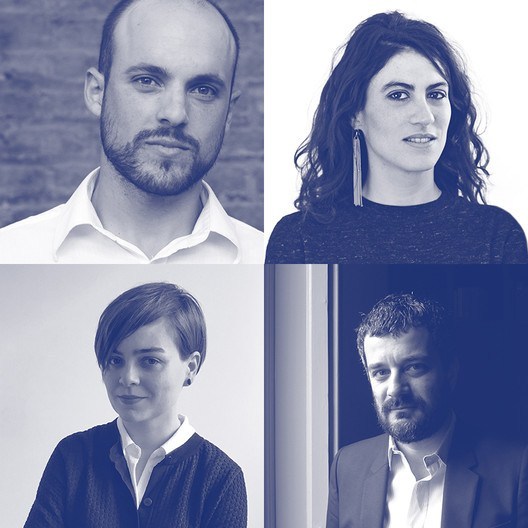
![via Nintendo [Youtube] via Nintendo [Youtube]](../../images-adsttc-com/media/images/56c5/b25b/e58e/ced7/c000/0085/medium_jpg/Super_Mario_Maker_06.jpg)
![via Nintendo [Youtube] via Nintendo [Youtube]](../../images-adsttc-com/media/images/56c5/b229/e58e/ce6a/8800/0089/thumb_jpg/Super_Mario_Maker_01.jpg)
![via Nintendo [Youtube] via Nintendo [Youtube]](../../images-adsttc-com/media/images/56c5/b233/e58e/ced7/c000/0082/thumb_jpg/Super_Mario_Maker_02.jpg)
![via Nintendo [Youtube] via Nintendo [Youtube]](../../images-adsttc-com/media/images/56c5/b265/e58e/ced7/c000/0086/thumb_jpg/Super_Mario_Maker_07.jpg)
![via Nintendo [Youtube] via Nintendo [Youtube]](../../images-adsttc-com/media/images/56c5/b26f/e58e/ced7/c000/0087/thumb_jpg/Super_Mario_Maker_08.jpg)

![via Nintendo [Youtube] via Nintendo [Youtube]](../../images-adsttc-com/media/images/56c5/b265/e58e/ced7/c000/0086/medium_jpg/Super_Mario_Maker_07.jpg)
![via Nintendo [Youtube] via Nintendo [Youtube]](../../images-adsttc-com/media/images/56c5/b251/e58e/ced7/c000/0084/medium_jpg/Super_Mario_Maker_05.jpg)
![via Nintendo [Youtube] via Nintendo [Youtube]](../../images-adsttc-com/media/images/56c5/b279/e58e/ced7/c000/0088/medium_jpg/Super_Mario_Maker_09.jpg)
![via Nintendo [Youtube] via Nintendo [Youtube]](../../images-adsttc-com/media/images/56c5/f45e/e58e/ce27/af00/000e/medium_jpg/Super_Mario_Maker_13.jpg)
![via Nintendo [Youtube] via Nintendo [Youtube]](../../images-adsttc-com/media/images/56c5/b26f/e58e/ced7/c000/0087/medium_jpg/Super_Mario_Maker_08.jpg)
![via Nintendo [Youtube] via Nintendo [Youtube]](../../images-adsttc-com/media/images/56c5/eb1b/e58e/ce3c/3300/0011/medium_jpg/Super_Mario_Maker_12.jpg)
![via Nintendo [Youtube] via Nintendo [Youtube]](../../images-adsttc-com/media/images/56c5/b247/e58e/ced7/c000/0083/medium_jpg/Super_Mario_Maker_04.jpg)